Filter by
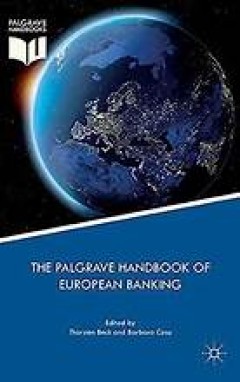
The Palgrave Handbook of European Banking
This handbook presents a timely collection of original studies on relevant themes, policies and developments in European banking. The contributors analyse how the crisis years have had a long lasting impact on the structure of European banking and explore the regulatory architecture that has started to take form in their wake. Academic experts and senior policy makers have contributed to this v…
- Edition
- 1
- ISBN/ISSN
- 978-1-137-52144-6
- Collation
- Banking
- Series Title
- -
- Call Number
- 332

Bank Risk, Governance and Regulation
This book presents research from leading researchers in the European banking field to explore three key areas of banking. In Bank Risk, Governance and Regulation, the authors conduct micro- and macro- level analysis of banking risks and their determinants. They explore areas such as credit quality, bank provisioning, deposit guarantee schemes, corporate governance and cost of capital. The book …
- Edition
- 1
- ISBN/ISSN
- 978-1-137-53094-3
- Collation
- Banking
- Series Title
- -
- Call Number
- 332

Valuing Banks A New Corporate Finance Approach
This book aims to overcome the limitations the variations in bank-specifics impose by providing a bank-specific valuation theoretical framework and a new asset-side model. The book includes also a constructive comparison of equity and asset side methods. The authors present a novel framework entitled, the “Asset Mark-down Model”. This method incorporates an Adjusted Present Value model, whi…
- Edition
- -
- ISBN/ISSN
- 978-1-137-56142-8
- Collation
- -
- Series Title
- -
- Call Number
- -

EIB Working Paper 2022/09 - Productivity and responses to the pandemi
"The COVID-19 pandemic and its effects affected sectors in different ways, including on the firm-level productivity. Findings show that firms’ responses to the COVID-19 crisis varied within sectors: more productive firms coped with the crisis better in terms of closures and employment adjustments. They were also more likely to speed up some digitalisation processes. These findings imply that …
- Edition
- Ed. 1
- ISBN/ISSN
- 9789286153327, 9789286153327
- Collation
- -
- Series Title
- -
- Call Number
- 332.1 EUR e
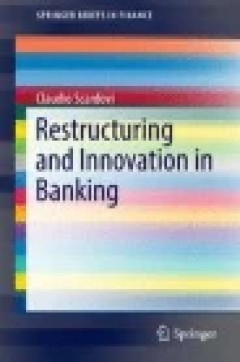
Restructuring and Innovation in Banking
This book explains how to restructure and successfully turn around a bank or financial institution at a time when the global financial system is facing a new wave of disruption ushered in by innovation from digital financial technology, or FinTech. It is argued that within banking this process of creative destruction will entail unprecedented challenges for traditional institutions as well as o…
- Edition
- -
- ISBN/ISSN
- 978-3-319-40204-8
- Collation
- -
- Series Title
- -
- Call Number
- -
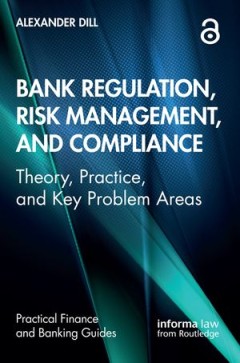
Bank Regulation, Risk Management, and Compliance : Theory, Practice, and Key …
Bank Regulation, Risk Management, and Compliance is a concise yet comprehensive treatment of the primary areas of US banking regulation – micro-prudential, macroprudential, financial consumer protection, and AML/CFT regulation – and their associated risk management and compliance systems. The book’s focus is the US, but its prolific use of standards published by the Basel Committee on Ban…
- Edition
- -
- ISBN/ISSN
- 9781000702514
- Collation
- 340 halaman
- Series Title
- -
- Call Number
- 658 DIL b
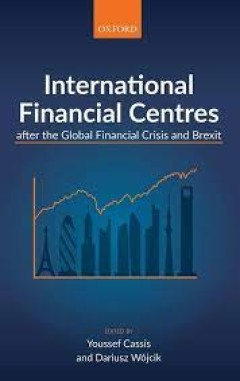
International Financial Centres after the Global Financial Crisis and Brexit
This book gathers leading economic historians, geographers, and social scientists to focus on the developments in key international financial centres following the 2008 Global Financial Crisis and to consider the likely effects of Brexit on these centres. Eleven centres in eight countries are taken into consideration: New York, London, Frankfurt, Paris, Zurich/Geneva, Hong Kong/Shanghai/Beijing…
- Edition
- -
- ISBN/ISSN
- 9780198817314
- Collation
- -
- Series Title
- -
- Call Number
- -
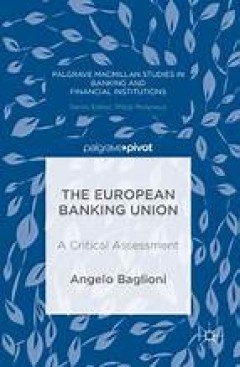
The European Banking Union
Why did European policy-makers introduce the Banking Union? Which are its main features? How does it affect banks and their customers? This book tries to answer these questions, by providing a clear description of the building blocks of the banking union, and by discussing the issues that still remain unanswered.
- Edition
- 1
- ISBN/ISSN
- 978-1-137-56314-9
- Collation
- XIII, 136, 8 b/w illustrations
- Series Title
- Palgrave Macmillan Studies in Banking and Financial Institutions
- Call Number
- -
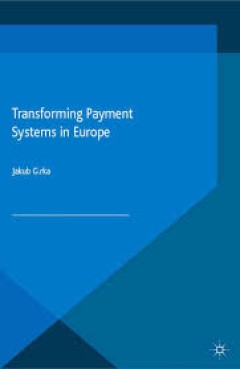
Transforming Payment Systems in Europe
The European payment market has undergone rapid transformation in recent years due to changes in payment habits, new business rules and new legal frameworks and regulation. There has also been an advent of new technologies and payment solutions which has altered the European payments landscape drastically. This book provides an overview of the fundamental issues involved in this new payments…
- Edition
- -
- ISBN/ISSN
- 978-1-137-54121-5
- Collation
- -
- Series Title
- -
- Call Number
- -
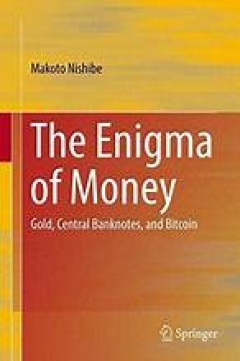
The Enigma of Money
This book provides a new way of understanding modern money and markets by stressing their self-fulfilling/self-destructive properties as institutions from evolutionary perspectives. In contrast to an unrealistic view of the neoclassical general equilibrium theory that models the price mechanism of a “concentrated market” without using money, presented here is an alternative theory of market…
- Edition
- -
- ISBN/ISSN
- 978-9811018183
- Collation
- 07 pages
- Series Title
- -
- Call Number
- -
 Computer Science, Information & General Works
Computer Science, Information & General Works  Philosophy & Psychology
Philosophy & Psychology  Religion
Religion  Social Sciences
Social Sciences  Language
Language  Pure Science
Pure Science  Applied Sciences
Applied Sciences  Art & Recreation
Art & Recreation  Literature
Literature  History & Geography
History & Geography